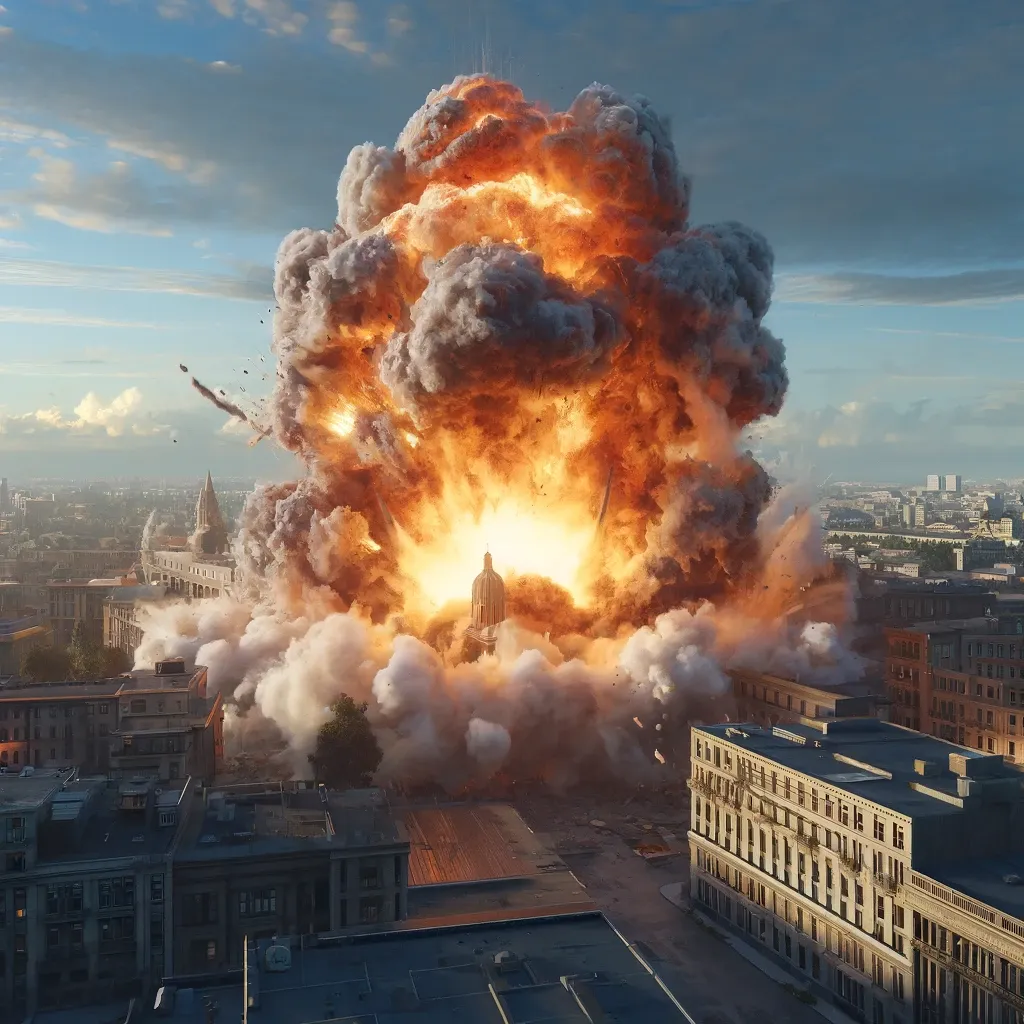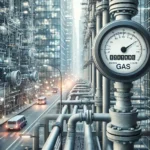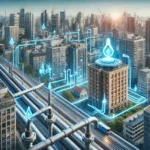Have you ever wondered what causes a city gas explosion? How dangerous can these accidents get? And what is the range of damage they can cause? Read on to explore the causes, impacts, and safety measures surrounding city gas explosions.
City Gas Explosion
A city gas explosion refers to a significant, often catastrophic, event that occurs when gas (usually natural gas or methane) leaks into a confined space and ignites. This type of explosion can devastate entire buildings and harm anyone in the vicinity. Understanding the causes of urban gas explosions can help mitigate their risk and protect citizens.
Causes of Urban Gas Explosions
-
Gas Leak Due to Infrastructure Damage
Urban infrastructure is vast and often aged, with pipelines running beneath roads, sidewalks, and buildings. Over time, these pipes can corrode, crack, or be damaged by construction work, leading to dangerous gas leaks. If the gas accumulates in a poorly ventilated space, a spark can ignite the gas, resulting in an explosion. -
Faulty Appliances
Many urban gas explosions are caused by malfunctioning household appliances. This could include stoves, water heaters, or heating systems. If these appliances aren’t maintained properly, they might leak gas, and an accidental ignition can cause an explosion. It is essential to inspect and service gas-powered appliances regularly. -
Improper Installation or Maintenance
Gas lines and appliances must be installed and maintained by certified professionals. Poor installation or substandard materials can increase the likelihood of gas leakage. For instance, using old, incompatible parts during installations can create weaknesses in the system that are prone to leaking. -
Natural Disasters
Earthquakes, floods, and even extreme weather events can damage gas pipelines. Natural disasters are unpredictable, but their effect on urban infrastructure, including gas lines, is something that should be anticipated when designing and constructing buildings in at-risk areas. -
Human Error
Sometimes, gas explosions are the result of human mistakes. This could include ignoring gas safety protocols, mishandling equipment, or improperly lighting a stove. Education and awareness programs on gas safety can reduce the occurrence of such errors.
How to Prevent Gas Explosions
To prevent city gas explosions, it is crucial to ensure regular maintenance of gas pipelines and appliances, implement stricter safety protocols, and raise awareness about the dangers of improper installation. Always hire professionals for installations and service.
City Gas Explosion Accident
A city gas explosion accident can be disastrous, causing extensive damage to property, injuries, or even fatalities. These incidents often highlight significant lapses in safety protocols or infrastructure integrity. Let’s explore how such accidents occur and their far-reaching impacts.
What Happens During a Gas Explosion Accident?
-
Sudden Ignition
In most accidents, the gas has already leaked and accumulated in an enclosed space. When an ignition source such as a spark from an electrical appliance or even static electricity occurs, it causes a massive explosion. The pressure wave can demolish nearby buildings and send debris flying. -
Massive Fires
After an explosion, the fire that follows is usually intense. Gas burns at high temperatures, leading to extensive fires that can engulf large areas. The flames often spread quickly, especially in densely populated urban environments, causing further destruction. -
Structural Damage
Gas explosions can cause severe structural damage. Entire buildings may collapse, leaving a trail of destruction and making rescue operations more challenging. In some cases, nearby buildings can also be affected due to shockwaves from the explosion. -
Casualties
The most tragic consequence of a city gas explosion accident is the loss of life. If the explosion occurs during peak hours or in residential areas, the number of casualties can be high. Injuries often include burns, fractures, and traumatic injuries caused by flying debris. -
Economic Impact
The cost of repairs and recovery from a gas explosion accident can be enormous. Aside from the physical damage to buildings and infrastructure, the disruption to local businesses, loss of productivity, and medical expenses add to the overall financial burden.
Case Study: 2014 Gas Explosion in Korea
One of the most devastating gas explosions occurred in the heart of Seoul in 2014. A natural gas leak in a popular shopping district resulted in a massive explosion, killing 10 people and injuring over 50. The incident exposed weaknesses in both the gas infrastructure and emergency response protocols, leading to widespread reforms in safety measures.
Discover More About City Gas Explosion Accidents
City Gas Explosion Range
The range of a city gas explosion is vast and can cause catastrophic damage well beyond the immediate vicinity of the explosion. The severity of the damage is influenced by various factors, including the size of the gas leak, the location, and the population density of the area.
Factors Affecting Explosion Range
-
Volume of Gas Leaked
The more gas that leaks into the atmosphere, the larger the explosion will be. A significant volume of gas can cover a wide area, affecting multiple buildings, vehicles, and infrastructure. -
Urban Density
In highly populated areas, the range of a gas explosion can cause a wider impact. The explosion’s effects are amplified when surrounded by tightly packed buildings, making it difficult for the blast wave to dissipate. -
Gas Type and Pressure
The type of gas (methane, propane, etc.) and its pressure also influence the explosion’s range. Gas under high pressure can cause a larger blast radius, while heavier gases tend to sink and accumulate in lower areas, increasing the chances of ignition in basements or lower floors. -
Weather Conditions
Wind speed and direction can also affect the spread of gas before ignition. Wind can carry the gas over a larger area, increasing the potential for ignition at multiple sites. In addition, extreme weather conditions like storms can influence the effectiveness of emergency response. -
Building Proximity and Structure
Buildings in close proximity to the explosion are at higher risk. In cities with older infrastructure, buildings may not be equipped to withstand such blasts, increasing their vulnerability. High-rise buildings, in particular, are at risk due to the large volume of gas that can accumulate in such spaces.
Measuring the Impact of a Gas Explosion
After an explosion, emergency services typically measure the blast radius and its effects on surrounding areas. In extreme cases, the damage can extend over several city blocks, with fire, debris, and structural damage impacting numerous properties.
Learn More About the Range of Gas Explosions
Conclusion
City gas explosions are a serious hazard in urban environments, with the potential to cause severe damage to infrastructure and loss of life. Understanding the causes, accident impacts, and the range of these explosions can help in formulating better safety standards and preparedness strategies. By prioritizing infrastructure maintenance, professional gas installations, and awareness programs, the risk of such disasters can be significantly reduced.
“Safety isn’t just a job, it’s a responsibility,” and by taking proactive measures, we can ensure safer urban living spaces for everyone.






